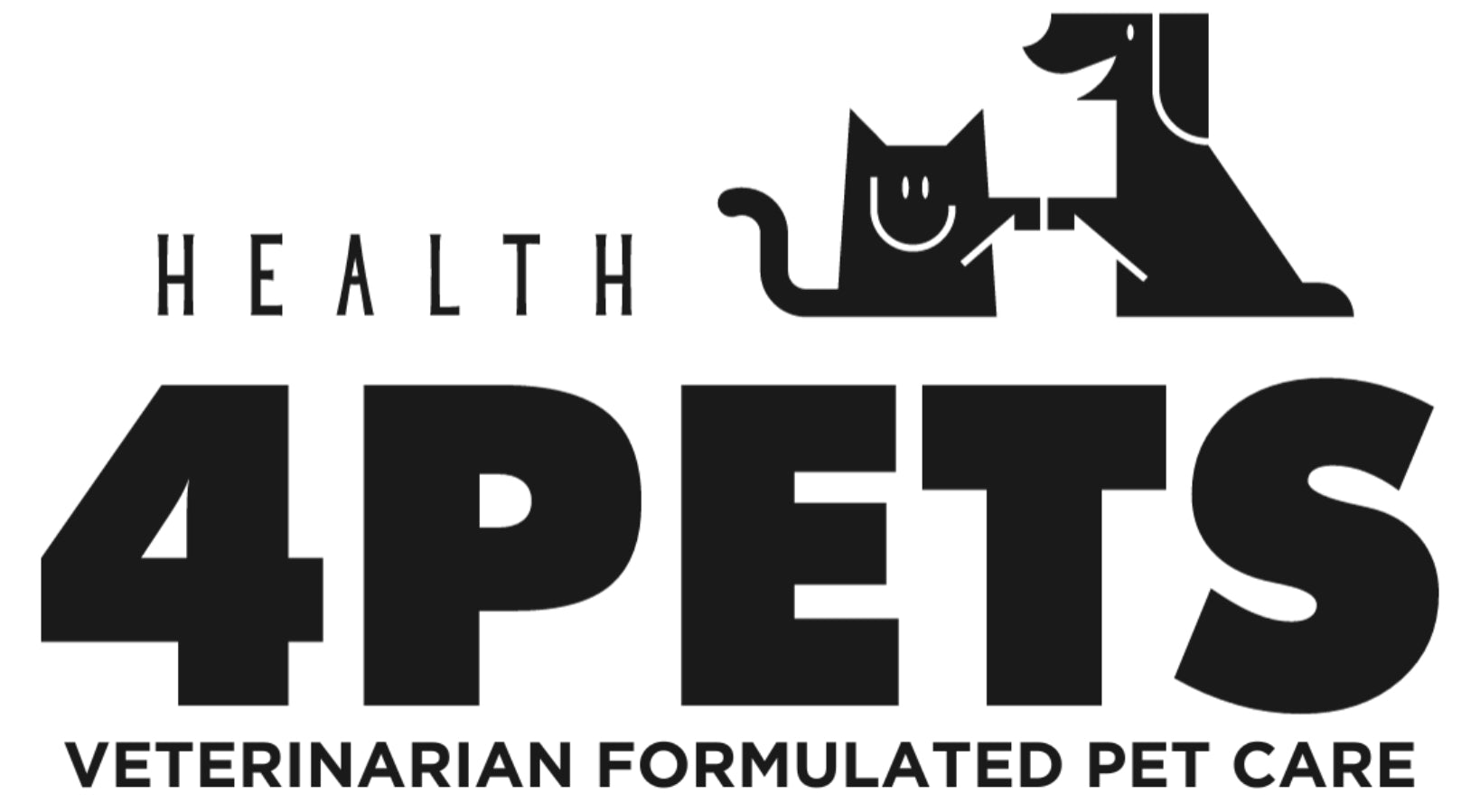National Pet Dental Health Month: The Hidden Dangers of Periodontal Disease in Pets
February is National Pet Dental Health Month. One of the most overlooked, yet serious, health problems in our pets is periodontal disease. This condition affects approximately 80% of dogs and 70% of cats three years and older, causing pain, infections, and even life-threatening systemic diseases if not treated promptly. Currently, only 30% of pet owners are aware of the consequences of dental disease in their pets.
How does periodontal disease develop in pets?
Just like humans, pets can develop dental disease when bacteria and food debris accumulate between the gums and teeth, forming plaque. Once plaque forms, bacteria begin to multiply, and this is the beginning of periodontal disease.
Although a small amount of plaque can be removed naturally through chewing and tongue movements, a moderate amount is often left behind. Daily activities, such as eating, allow food particles, bacteria, and saliva to adhere to the teeth, forming a layer of plaque that, if not removed, hardens into tartar. Furthermore, unremoved plaque promotes tartar formation, creating a vicious cycle in which tartar facilitates the accumulation of more plaque, increasing the bacterial biofilm and worsening periodontal conditions. Over time, pets can lose teeth, other structures in the oral cavity can be affected, and the periodontium can be severely compromised if proper dental hygiene measures are not taken.
Signs of Periodontal Disease in Pets
Many pet owners don't realize their pet has dental disease until symptoms become severe. Here are some signs to watch for:
- Bad breath: Although it's common to think that bad breath in pets is normal, it can actually be an early sign of periodontal disease. The buildup of bacteria in the mouth generates sulfur compounds that cause an unpleasant odor.
- Plaque and tartar buildup: Healthy teeth should be white and free of stains. If you notice yellow or brown buildup, it's a sign that plaque has hardened and requires professional cleaning.
- Swollen or reddened gums (gingivitis): Gum inflammation is a clear indicator of advanced periodontal disease. If left untreated, it can cause pain and bleeding.
- Difficulty eating or loss of appetite: If your pet has lost interest in food, has difficulty chewing, or prefers to eat from one side of the mouth, they may be experiencing tooth pain.
- Bleeding or lumps in the mouth: Advanced periodontal disease can cause bleeding gums or the development of oral tumors.
- Swelling under the eyes: Dental infections can spread beyond the mouth, causing abscesses and swelling on the face that commonly drain into a fistula under your eyes known as a carnassial tooth abscess.
- Pawing or Rubbing the Muzzle: If your pet rubs its muzzle with its paws or against objects, it may be trying to relieve pain or discomfort in its mouth.

The Connection Between Oral Health and Overall Health
Oral health is directly related to overall health. Bacteria from periodontal disease can enter the bloodstream, causing inflammation and infections throughout the body. Research has shown that untreated dental disease in pets can lead to conditions such as:
- Heart disease (bacterial endocarditis)
- Kidney and liver infections
- Increased risk of complications from diabetes
Prevention and Treatment of Periodontal Disease
The good news is that periodontal disease is preventable and manageable with proper care. Here's how to protect your pet's oral health.
1. Daily Dental Care at Home: The best way to prevent periodontal disease is to establish a home dental hygiene routine. Our Health 4 Pets Dental Kit is an effective and easy-to-use solution, which includes:
- Chlorhexidine gluconate wipes, ideal for eliminating bacteria and preventing plaque buildup.
- Water additive that fights germs and freshens your pet's breath without the need for brushing. It does not change the smell, taste, or appearance of the water.
2. Regular Veterinary Checkups
Routine veterinary exams, including dental checkups, help identify early signs of periodontal disease. Your veterinarian may recommend dental X-rays, tooth extractions, and, most importantly, dental cleanings to remove plaque and tartar below the gum line.
3. Diet and Dental Snacks
Some foods and treats are specifically designed to promote dental health by reducing plaque and tartar. Look for products approved by the Veterinary Oral Health Council (VOHC).
Make February the Beginning of a Healthier Smile
This National Pet Dental Health Month, be proactive about your pet's dental health. A healthy mouth means a happier, healthier pet! If you suspect your pet has dental disease or want to start a preventative care routine, try our Health 4 Pets Dental Kit and schedule a dental checkup with your veterinarian today.
Join us in educating and raising awareness about the importance of our pets' dental health! Follow Health 4 Pets for expert advice, product recommendations, and essential guidance for your pet's care.
#NationalPetHealthMonth #PetDentalHealth #Health4PetsPR #DentalKitHealth4Pets

